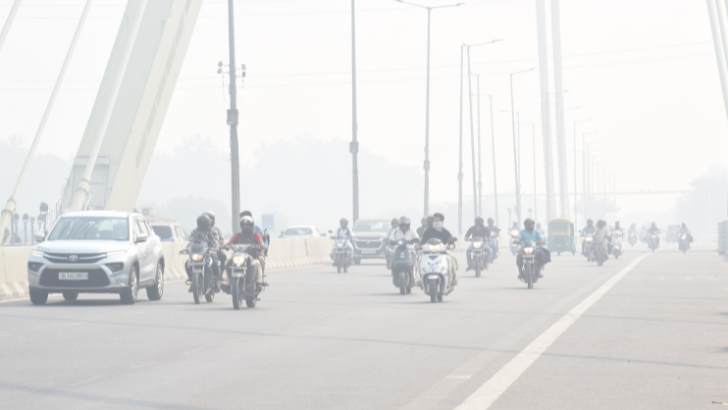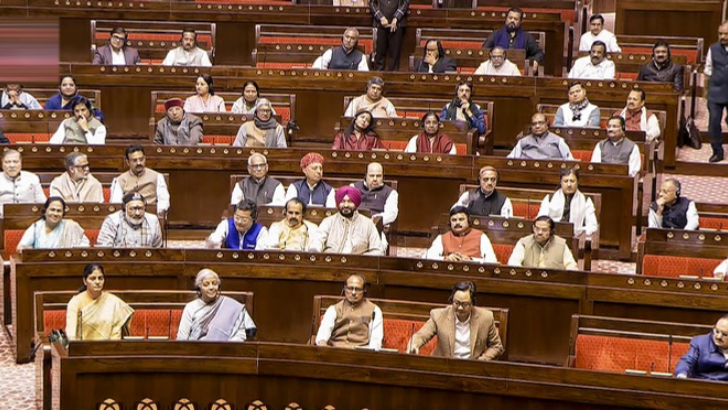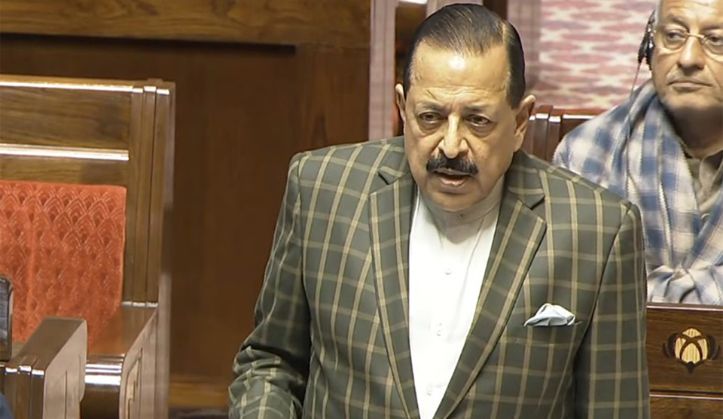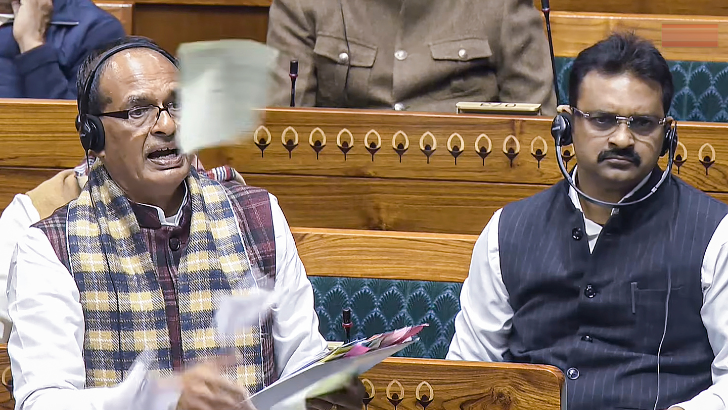Delhi's air quality plummets on the day of Deepavali
Meanwhile, the Commission for Air Quality Management (CAQM) invoked Stage II of the Graded Response Action Plan (GRAP) across Delhi-NCR.
Salar Web
-
Thirty-one monitoring stations reported air quality in the 'very poor' category with AQI levels above 300. (ANI)
New Delhi, 20 Oct
Delhi's air quality nose-dived on Monday, the Deepavali
afternoon, as pollution levels at 31 out of 38 monitoring stations redlined at
'very poor', and 'severe' at three stations.
According to the SAMEER app by the Central Pollution Control
Board (CPCB), Delhi recorded an overall AQI of 334 at noon, compared to 339 at
9 am.
Thirty-one monitoring stations reported air quality in the
'very poor' category with AQI levels above 300, while three stations – Anand
Vihar (402), Wazirpur (423), and Ashok Vihar (414) – logged pollution to be in
the 'severe' category.
The air quality is expected to deteriorate further into the
'severe' category more widely on Tuesday and Wednesday.
An AQI between 0 and 50 is considered 'good', 51 to 100
'satisfactory', 101 to 200 'moderate', 201 to 300 'poor', 301 to 400 'very
poor', and 401 to 500 'severe.'
Earlier, the Commission for Air Quality Management (CAQM)
invoked Stage II of the Graded Response Action Plan (GRAP) across Delhi-NCR.
GRAP Stage 2 curbs
kicks in
The Commission for Air Quality Management (CAQM) invoked
Stage II of the Graded Response Action Plan (GRAP) across Delhi-NCR as the
city's air quality slipped into the "very poor" category, with the
AQI crossing 300 mark.
The move came after the Sub-Committee on GRAP on Saturday
reviewed the worsening pollution levels and forecasts by the India
Meteorological Department (IMD) and the Indian Institute of Tropical
Meteorology (IITM), which warned of further deterioration in the coming days.
The Centre's air quality panel also asked all implementing
agencies to keep strict vigil, particularly on dust mitigation and to ensure
compliance with targeted timelines laid down under the comprehensive policy to
curb air pollution in NCR.
Under Stage II of GRAP, several curbs and intensified
actions include daily mechanical or vacuum sweeping and water sprinkling on
identified roads, preferably before peak traffic hours, to control dust.
Construction and demolition sites face intensified
inspections to ensure strict enforcement of dust control measures.
To promote cleaner mobility, the GRAP Stage II mandates
augmentation of public transport services through additional CNG and electric
buses and increased frequency of metro services, along with differential fare
rates to encourage off-peak travel.
Resident welfare associations (RWAs) are required to provide
electric heaters to staff such as guards, gardeners and sanitation workers to
prevent open burning of biomass and solid waste during winters.
Entry of inter-state buses into Delhi is restricted to those
running on CNG, EVs or BS-VI diesel, excluding tourist buses operating under
all-India permits.
GRAP categorises air quality into four stages: Stage I
(Poor) with AQI between 201 and 300, Stage II (Very Poor) between 301 and 400,
Stage III (Severe) between 401 and 450, and Stage IV (Severe Plus) for AQI
above 450.
Unfavourable meteorological conditions, combined with
vehicular emissions, paddy-straw burning, firecrackers and other local pollution
sources, contribute to hazardous air quality levels in Delhi-NCR during
winters.
According to doctors, breathing in the polluted air of Delhi
is equivalent to the harmful effects of smoking approximately 10 cigarettes a
day.
Prolonged exposure to high levels of pollution can cause or
exacerbate respiratory problems such as asthma, bronchitis and chronic
obstructive pulmonary disease and dramatically raise the risk of cardiovascular
disease.
On 15 October, the Supreme Court allowed the sale and
bursting of green firecrackers in Delhi-NCR between 6 am and 7 pm and again
from 8 pm to 10 pm on the day of Deepavali and a day before.
Meanwhile, the city recorded a minimum temperature of 20.2
degrees Celsius at 8.30 am.
The IMD has predicted fog mist in the morning and mainly
clear sky later in the day.
The maximum temperature is expected to be 33 degrees
Celsius.
Leave a Reply
Your email address will not be published. Required fields are marked *












.png)


.png)
.png)
.png)

.png)
